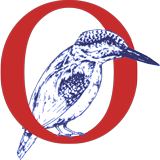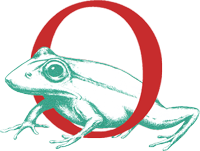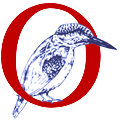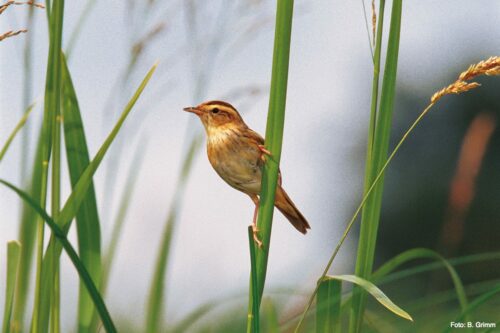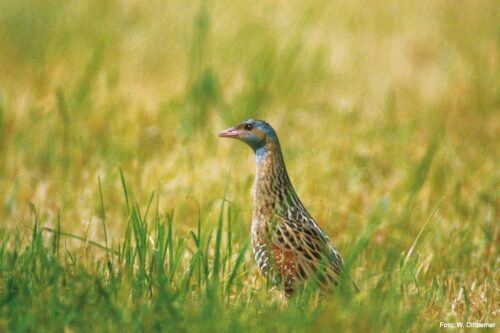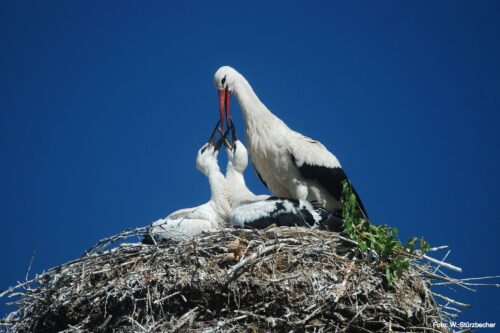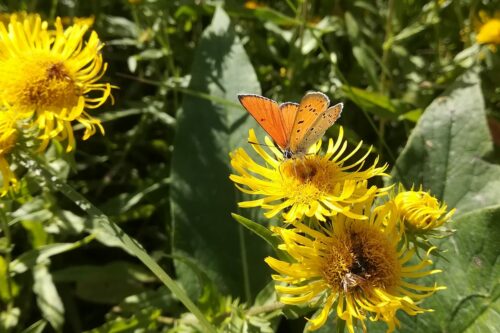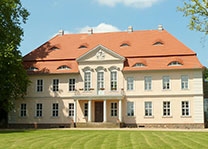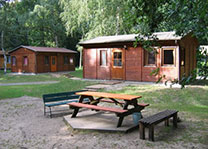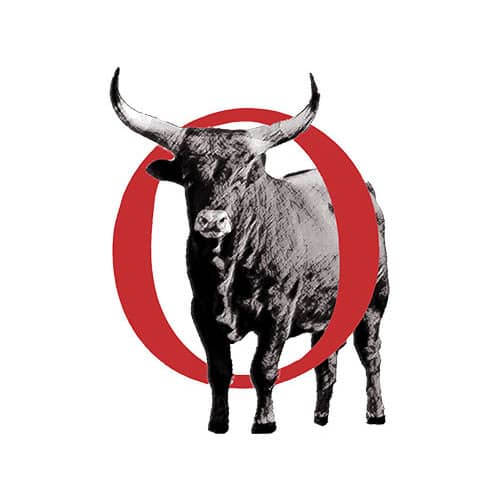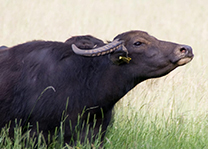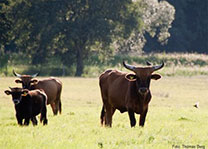The first protected areas in the lower Oder valley emerged at the beginning of the 20th century. The flooding polder near Schwedt became extensive in 1980 after the RAMSAR Convention Declared a Wetlands of International Importance (FIB). Today is the German National Park
- all over its surface Nature reserve (NSG),
- as a bird sanctuary according to European criteria Special Protection Area (SPA) area and
- according to international criteria as International Bird Area (IBA) area protected as well
- as FFH area (Natura 2000) reported and confirmed in accordance with the Flora-Fauna-Habitat Directive of the European Union.
The Polish landscape protection parks are also registered as Natura 2000 areas of the EU. In summary, it can be stated that the national park is protected on the German side in accordance with all the rules of international, European, German and Brandenburg nature conservation law.
The major project
From 1992 to 2000, the Lower Oder Valley was funded by the Federal Republic of Germany and the State of Brandenburg as a major nature conservation project of the federal government (water strip project). The nature conservation requirements for the project have been laid down by the federal government in the distribution letter to the state and by the state in the grant notification to the friends’ association. They provide for demanding nature conservation.
The protection concept
As is usual in a national park, the first priority in the lower Oder Valley is the protection of the natural processes of an ecosystem. Here nature should be allowed to be nature. In the new National Park Act of 2006, 50.1 percent of the 10,000 hectare national park is provided for this process protection, but without a specific time limit for achieving this goal. So far, only 1,351 hectares have been designated as wilderness area (total reserve, zone I). Human interference of any kind is prohibited there.
On the remaining 50 percent, i.e. a good 5,000 hectares, extensive agriculture should continue to be possible under nature conservation requirements. In the areas of the National Park Association, the earliest possible time of use is set to July 1st, in the case of a corncrake or reed warbler stocking to August 15th of each year. The stocking density with livestock is also limited to an average of a maximum of one livestock unit per hectare. In the case of the meadows, the edges of the water and woodland must be excluded; when mowing, alternating strips should be left as retreat areas for the meadow dwellers. In contrast to the wilderness areas, these extensively used pastures and meadows do not have process protection as a priority, but also species protection, whereby the focus has been on some particularly priority species, such as the reed warbler (Acrocephalus paludicola), the corncrake (Crex crex) or also the burner umbels (Cnidium). It has long been discussed in advance whether if the area were to be protected as a biosphere reserve, the cultural successors, for example the white stork (Ciconia ciconia), but also the meadow breeders would find better living conditions on extensively farmed areas than in the wild. In fact, other species benefit from abandonment and natural succession than from extensive agriculture. Since both arguments and approaches have something for themselves, it was finally agreed that half of the national park should be kept open for ecological agriculture and thus for biotope and species protection (zone II) and open half to wilderness development (zone I).
- Sedge Warbler
- Corn Crake
- White stork with cubs
- Cnidium
